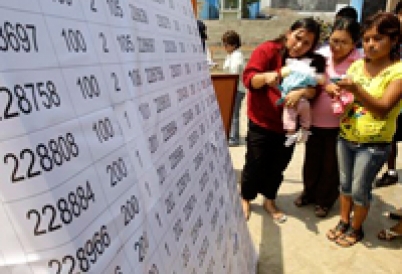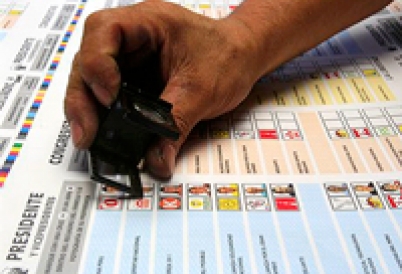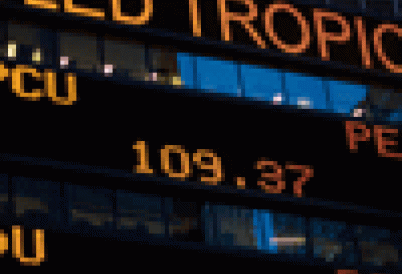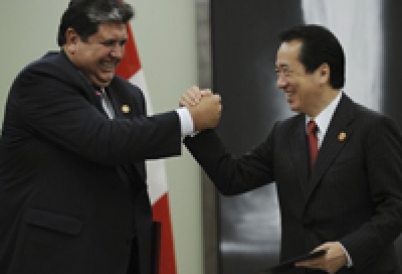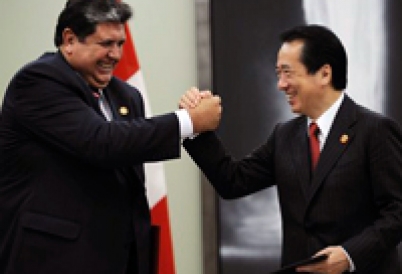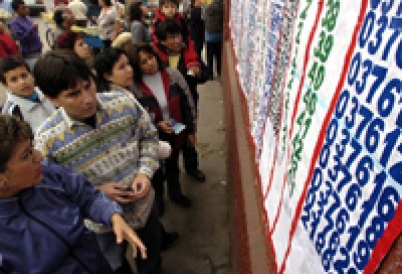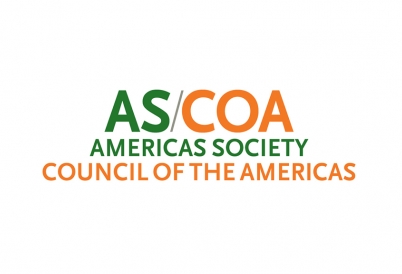Nationalist Ollanta Humala won Peru's April 10 election, with conservative Keiko Fujimori taking second place. The two candidates will face each other in a June 5 runoff.
As Peru’s election day draws near, a series of new polls show that it’s still anyone’s race.
The merger of the Colombian, Chilean, and Peruvian stock exchanges is a milestone for hemisphere finance—and a sign of renewed economic confidence.
"The decreased vulnerability to international shocks through a diversified international market has been key to Peru's success," writes AS/COA's Jason Marczak for World Politics Review. "[T]he next challenge is making sure that growth also improves socioeconomic equality nationwide."
Peru and Chile’s presidents made use of their time in Asia to carve out trade deals on APEC’s sidelines. Lima closed a deal with South Korea and concluded negotiations with Japan while Chile inked a pact with Malaysia and announced it would start negotiations with Thailand.
The competition to serve as Peru's next head of state intensified with former President Alejandro Toledo and ex-Finance Minister Mercedes Aráoz announcing their candidacies. They join an already tight race for the April 2011 election.
Over the past decade, Peru experienced sustained growth, allowing the country to achieve one of the highest savings and lowest inflation rates in Latin America. AS/COA's Lima conference, with remarks by President Alan García, highlighted the country's poverty reduction and economic successes.







